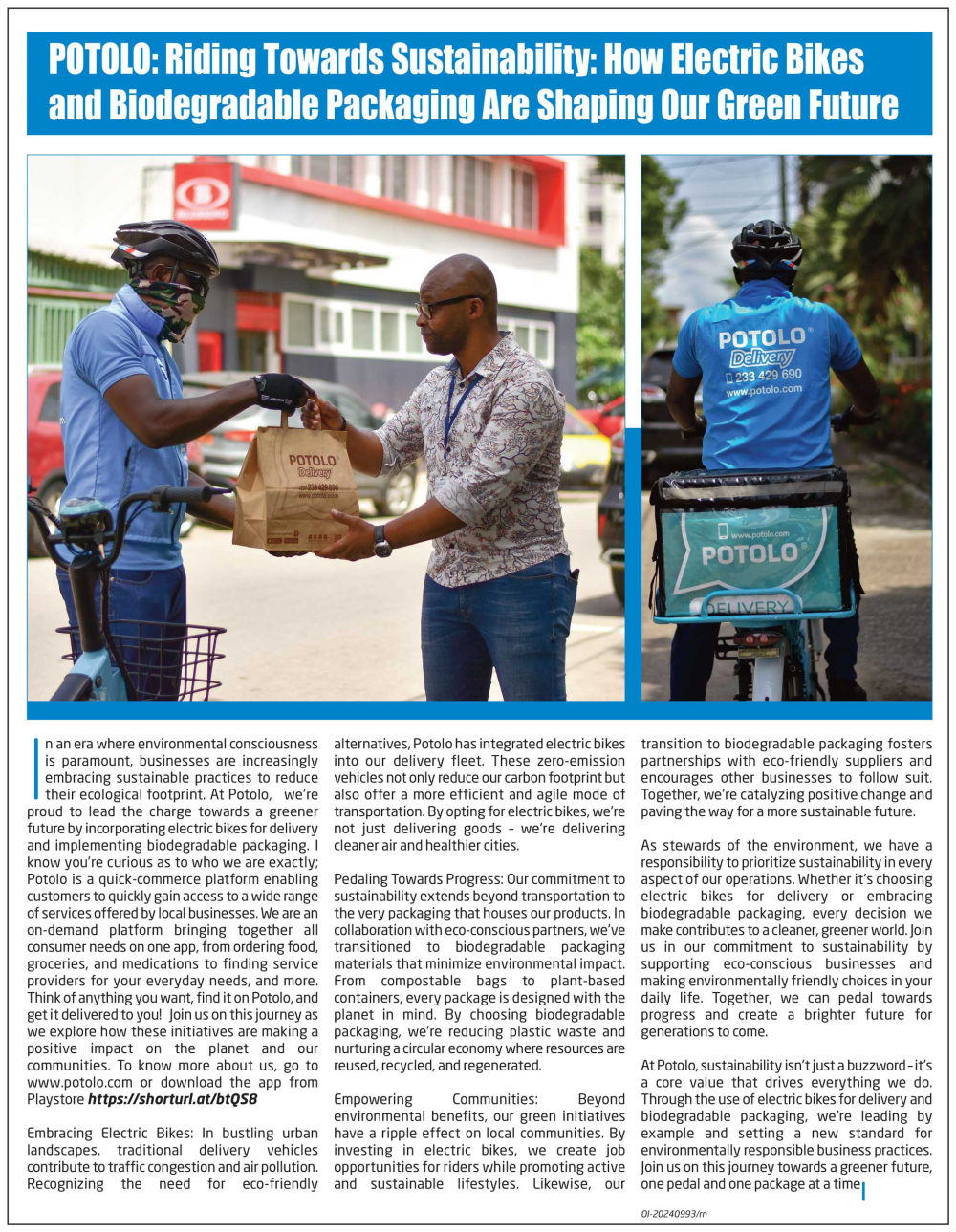Technological Innovation: The Arresting Rise Of Shenzhen’s “Hi-tech Tigers”
Shenzhen has been transformed from a poor rural fishing community to China’s Silicon Valley in just 36 years.
Late Chinese leader, Deng Xiaoping, in 1978 took the bold step to reform the country’s political system and open up the socialist economy to the world. The visionary policy envisioned a modernised and industrialised Chinese society in the likes of nearby Hong Kong. Today, the dividends of that policy - which began with Shenzhen as test ground in 1980 – are all too evident. Located in the southern coastal tip of China, Shenzhen is now a glittering example of economic development, modernisation and industrialisation. Its Special Economic Zone boasts about 20 million people – up from 30,000 poor fishing people who inhabited the rural community before.
Amongst the city’s numerous hi-tech “tiger” industries and firms are many that stand their own on the world stage today. Huawei is a Chinese-owned private telecommunications company with headquarters in Shenzhen, employing 140,000 people and present in 170 countries. It was founded in 1987. According to Joe Kelly, Huawei’s Vice President for International Media Affairs, a third of the world’s population now uses Huawei’s technology. The company in 2016 made revenue of 75 Billion US Dollars (about 45,968 Billion FCFA). As a forward-looking company, Huawei started investing in developing 5 G telephony technology in 2009 and only expects returns as from 2025, Kelly explained.
Tencent, with 30,000 employees worldwide and also headquartered in Shenzhen, is another Chinese private company. It offers amongst others the Internet search engine, Baidu, Wechat (the Chinese equivalent of WhatsApp) and the QQ mobile Internet. Founded in 1998, Tencent’s annual revenue for 2016 was almost 22 Billion US Dollars (abou...
Cet article complet est réservé aux abonnés
Déjà abonné ? Identifiez-vous >
Accédez en illimité à Cameroon Tribune Digital à partir de 26250 FCFA
Je M'abonne1 minute suffit pour vous abonner à Cameroon Tribune Digital !
- Votre numéro spécial cameroon-tribune en version numérique
- Des encarts
- Des appels d'offres exclusives
- D'avant-première (accès 24h avant la publication)
- Des éditions consultables sur tous supports (smartphone, tablettes, PC)















Commentaires